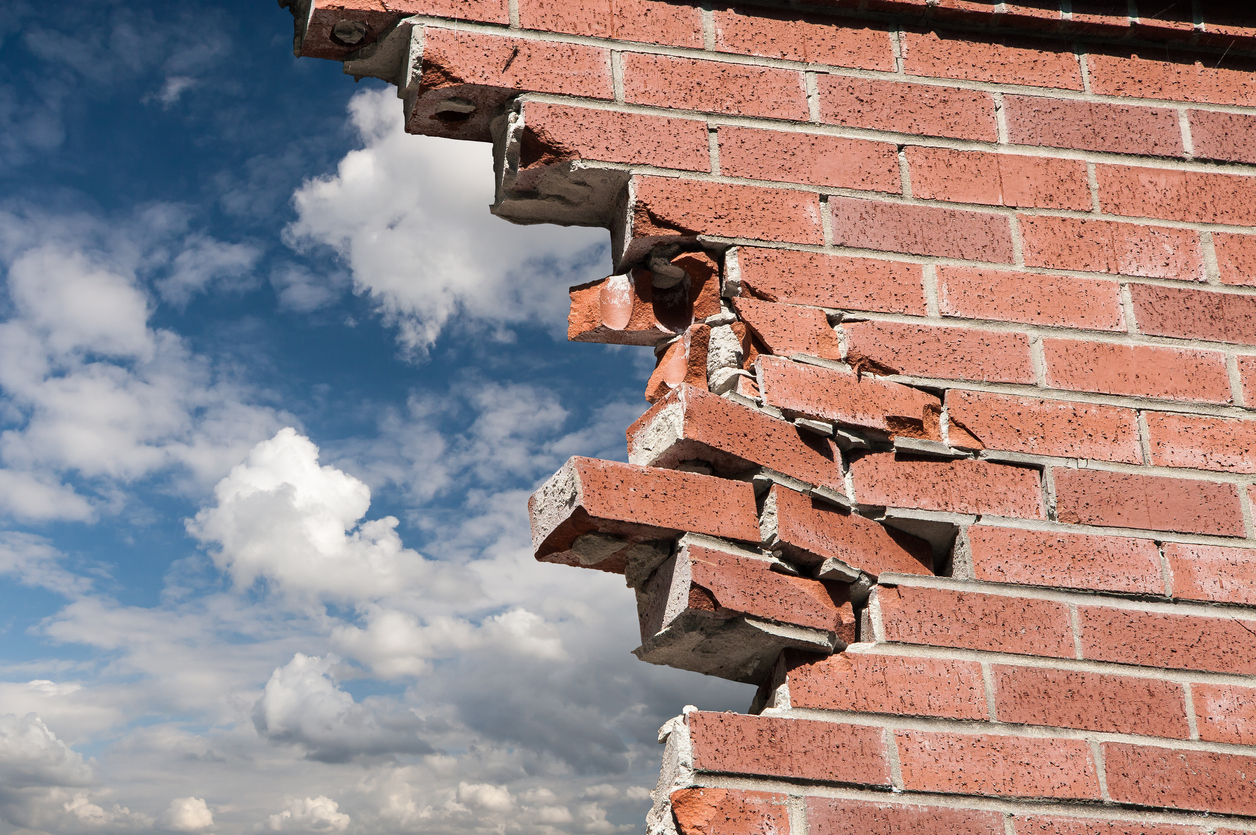One of the more complex damage issues that must be addressed in all fire, smoke, and heat claims is the amount of damage to personal property in areas of a structure far away from the main fire. The collection of smoke, soot, and ash particles, as well as the ascertainment of heat, is always an issue. Even small amounts of residual particles can cause a foul odor or leave dangerous by-products. Heat and heated moisture can cause long-term damage, which is often noted as fading of color and degradation of material.
These issues are at play in New York litigation involving an extraordinarily expensive art claim. An article, Art Collector Ron Perelman’s $410M Insurance Claim Will Head to Trial, reported the following:
Perelman’s attorneys, and the experts he hired during the years-long insurance investigation, have long asserted that while damage might not be visible, the simple fact that they were in a fire means they were damaged. During the hearing, his attorneys presented testimony from Jennifer Mass, president of Scientific Analysis of Fine Art, who was hired to scientifically analyze the works. In her testimony, she said all the works sustained fire-related damage despite being in protective cases. but she can’t exactly prove what that damage is. Instead, she claimed that ‘the conditions of the fire would necessarily have shortened the lifetime trajectory’ of the paintings. When Judge Cohen asked how the paintings could be damaged if there was no visible damage, Perelman’s lawyers referenced Mass’s testimony that the fire and the water used to extinguish it would accelerate the formation of compounds that otherwise occur naturally, shortening the paintings’ lifespan by an as yet imperceptible and incalculable degree.
This is evidence, the judge said, that he wants to hear from expert witnesses from both the plaintiff and the defense themselves at trial before he can decide whether the works have been truly damaged.
As of July 22, the lawsuit had 1552 docket entries, which must be a record for this type of litigation. The lawyers for the Perelman companies and the insurers are excellent coverage counsel and are engaged in a ferocious legal battle.
The policyholders’ unsuccessful motion for summary judgment stated their view:
After paying the insurer defendants (‘Insurers’) substantial premiums for more than a decade to protect against physical damage to their property, the plaintiffs (‘Policyholders’) suffered a devastating fire. Now, faced with the exact risk they agreed to cover, Insurers advance convoluted arguments to avoid paying. Driven by their bottom line, they conducted a bad-faith investigation and denied coverage—focusing on and invoking the opinions of several experts that the fire did not damage the artwork at issue. Their reasoning—any damage is de minimis, largely because it is not “visible” to the naked eye—has no contractual basis.
In a motion to strike the policyholders’ bad faith expert, the insurers noted their view:
In November 2018 MAFCO announced it was monitoring paintings on ‘which there ha[d] been no visible damage detected’—including the Five Paintings—to determine whether damage might ‘materialize over the coming months.’ Over the following year, the Insurers paid Plaintiffs $141 million for damage to other artworks and furniture, including artwork with minimal damage—an effort that MAFCO commended as ‘outstanding’ and ‘excellent.’ But no damage materialized on the Surveillance Paintings, which were never even near the fire.
In December 2019 MAFCO’s vice president of risk management, John Winkel, told the Primary Insurers it still had not identified evidence of fire-related damage to the Surveillance Paintings. In discussions with Winkel, the Primary Insurers suggested a plan to resolve potential Surveillance Paintings claims that struck Winkel as ‘a very good and fair plan’ that he thought would be agreed.
In January 2020 Perelman rejected the plan. Winkel warned that requiring proof of physical damage (as the policies require) ‘would result in the claim getting nasty.’
…
… the Insurers retained—consistent with industry custom and practice—the following experts: materials scientist James Mason, Ph.D.; retired Met and MoMA conservation scientist Christopher McGlinchey, M.S.; and leading art conservator Dana Cranmer. And, shortly thereafter, they retained fire dynamics engineers Richard Roby, Ph.D., and Michael Klassen, Ph.D., of CSE. The Insurers asked each expert to evaluate Dr. Mass’s assumptions and conclusions—including whether (i) the first floor experienced high heat and humidity during the fire, (ii) humidity or smoke penetrated the paintings’ Plexiglas encasements, and (iii) Dr. Mass had a scientific basis for attributing the paintings’ chemical conditions to the fire as opposed to natural aging and use.
… The denial letters explained that Plaintiffs had ‘not met their burden of establishing that the Five Paintings sustained physical loss or physical damage, as is required by the Primary Policy,’ because, among other reasons, ‘Dr. Mass’s … purported scientific methods for determining Fire damage have [] been shown by [the Insurers’] experts to be unreliable or inaccurate.’
The bottom line is that the insurers have a number of experts who say the paintings have no damage and that the policyholders’ expert is simply wrong. The judge struck the bad faith cause of action but is allowing the contract dispute to be resolved through a trial.
My experience with high-end coverage art and collectible losses is that the carrier’s claims culture means a lot. Some policyholders wrongly insure with insurance carriers that have no business being in the affluent and high-end insurance business. They question everything and fight over every penny owed. Some, like Chubb, have specialists in the type of art and high-end property and look for reasons to pay after a loss.
A Chubb fur expert from New York once took the time to explain to me why my New Jersey client’s mink furs were damaged and unrepairable following a water loss. They looked perfectly fine to me. Her instruction taught me how unclean water can ruin fine fabrics, natural oils and fine linings over time and that experienced attempts at cleaning never restored the items. A Chubb Masterpiece Valuables brochure notes the following:
We understand your treasures reflect your own personal journey. Whether it’s a necklace passed down from your grandmother, pottery from your travels abroad, or a one-of-a-kind piece from an art fair, the things you love evoke memories of a special time in your life and speak about your adventures and passions.
While typical homeowners’ policies are designed to protect your home and what’s inside, there is usually limited coverage for valuable possessions that may get lost, stolen, or damaged. That’s why with Chubb’s Masterpiece coverage, you can protect the special possessions that matter to you.
…
We look for ways to say yes.
…
In 98 percent of all Chubb Masterpiece claims, our Claims Adjusters make contact within six hours or less of the initial report. And Claims Adjusters have the authority to pay claims, but can’t deny a claim without a manager’s approval.
It is rare that field claims experts get such claims authority. From firsthand experience regarding high-end valuables claims, the insuring carrier means a lot. The coverage grants and valuations are usually broader on paper and backed up by claims experts in the field. If all claims were handled in this manner, there would be little need for policyholder attorneys or public insurance adjusters.
I was alerted to the Perelman art insurance case while presenting at the Insurance Appraisal and Umpire Association (IAUA) meeting last week. Sharon Kerwick, a true art expert and appraiser, provided me the article. When reviewing her website, I noticed Kerwick posted tips for a photo inventory, which policyholders should keep in mind.
Thought For The Day
It is our choices… that show what we truly are, far more than our abilities.
—J.K. Rowling




